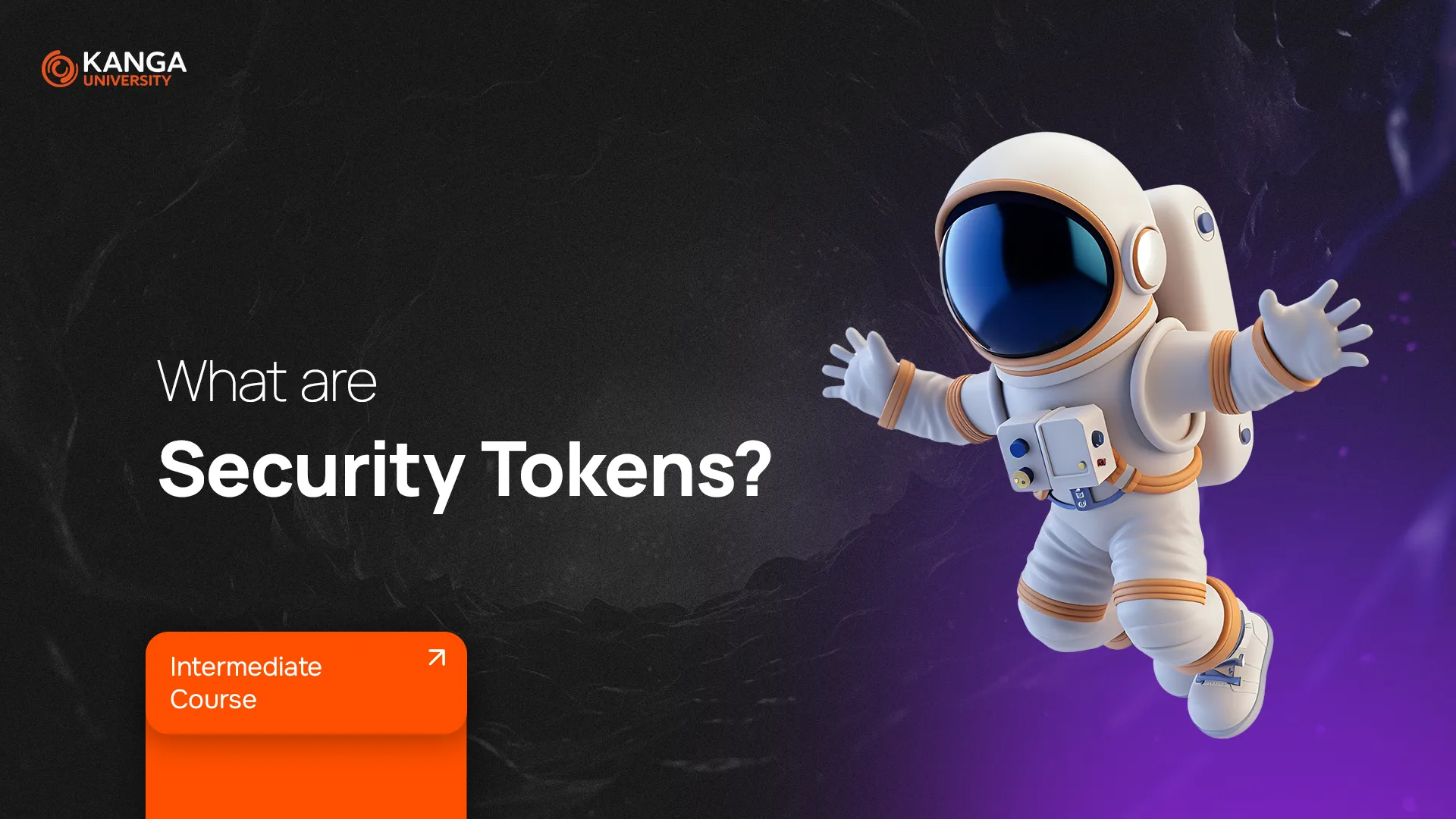
Before we dive into the main topic, here’s a surprising fact: many tokens are treated as securities by financial regulators, especially in the U.S. That’s because they often meet the criteria of something called the Howey Test—more on that later.
For now, let’s focus on the basics. What’s the difference between coins and tokens? What are security tokens, and why are they becoming a hot topic in the world of crypto?
Coins vs. Tokens – What’s the Difference?
People often use the word “cryptocurrency” to describe all blockchain-based assets, but not everything in crypto is the same.
-
Coins (like Bitcoin, Ether, Litecoin) are standalone currencies. They operate on their own blockchain and are mainly used to store value or pay for things.
-
Tokens are built on top of existing blockchains (like Ethereum). They serve specific purposes and are often tied to a company or project.
Some tokens are for access or utility, others—like security tokens—are tied to investments. Think of them as digital versions of stocks or bonds.
What Are Security Tokens?
Security tokens are digital representations of real-world financial assets. They can represent:
-
ownership in a company,
-
a share of profits,
-
a piece of real estate,
-
or even a future right to income.
They work just like traditional securities (stocks, bonds, equity shares) but are stored and transferred using blockchain technology.
Because they meet the definition of a “security,” they are subject to financial regulations—just like regular investment products.
How Do Security Tokens Work?
The key concept here is tokenization—converting a real asset into a digital token that lives on the blockchain. Here’s how it usually works:
-
A company decides to offer shares or assets as digital tokens.
-
They create the tokens using a standard like ERC-20 (Ethereum) or FA1.2 (Tezos).
-
Investors buy the tokens through a secure, regulated platform—after passing KYC (identity verification) and AML (anti-money laundering) checks.
-
Each token is recorded on the blockchain, showing ownership and value.
-
The tokens can be held or traded, depending on the platform’s rules.
Security tokens can even be displayed in your crypto wallet as a number or digital image.
Where Are Security Tokens Used?
Security tokens have many real-world applications:
-
Equity in startups or private companies
-
Fractional ownership of real estate or art
-
Tokenized versions of bonds or investment funds
They combine traditional finance with blockchain—making investment faster, cheaper, and more transparent.
If you’re curious to explore them, check out regulated STO platforms (Security Token Offerings), where these tokens can be bought and sold legally and securely.
Benefits of Security Tokens
-
Transparency: Ownership is recorded on a public blockchain.
-
Speed: No middlemen, no paperwork delays.
-
Lower fees: Blockchain cuts out traditional financial overhead.
-
Legal protection: Tokens are regulated like other investment assets.
-
Clear ownership records: Every token is tied to a verified investor.
What Is the Howey Test?
In the U.S., the Securities and Exchange Commission (SEC) uses the Howey Test to determine whether something qualifies as a security. If it does, it must follow financial regulations.
The test has four parts:
-
Money is invested into something.
-
There’s a common enterprise behind it.
-
The investor expects to profit.
-
The profit comes from someone else’s work.
If all four are true, the asset is considered a security—no matter what form it takes.
Many tokens marketed as “utility” tokens still fall under this test, which is why security tokens must be treated seriously.
Summary
Security tokens are bridging the gap between traditional investing and blockchain technology.
They’re programmable, regulated, and efficient—giving investors new ways to access equity, real estate, and other assets with just a few clicks.
Before investing, make sure the platform is compliant with local laws and uses proper security standards. As the space matures, we’ll likely see even more mainstream adoption of tokenized investments.